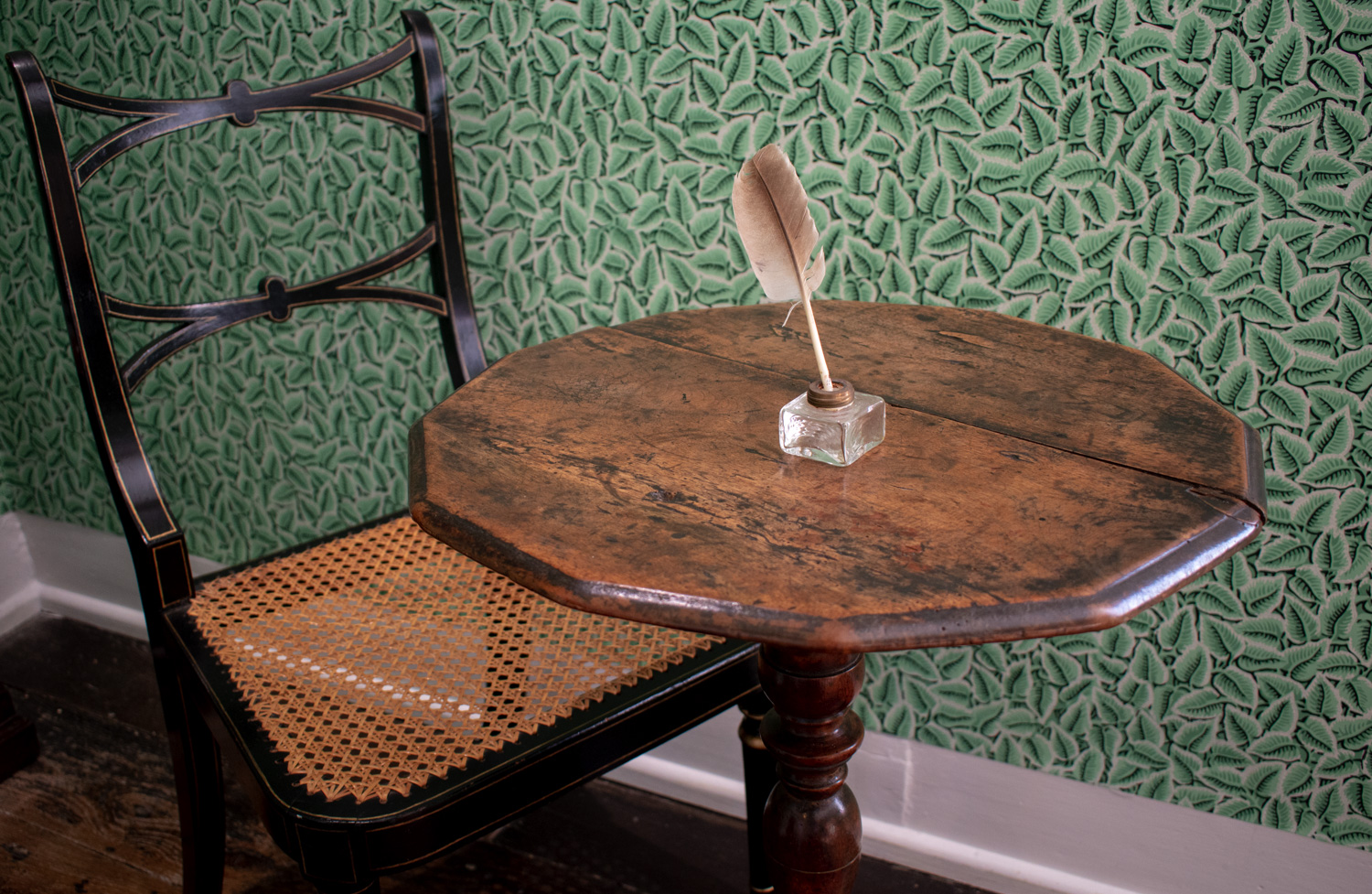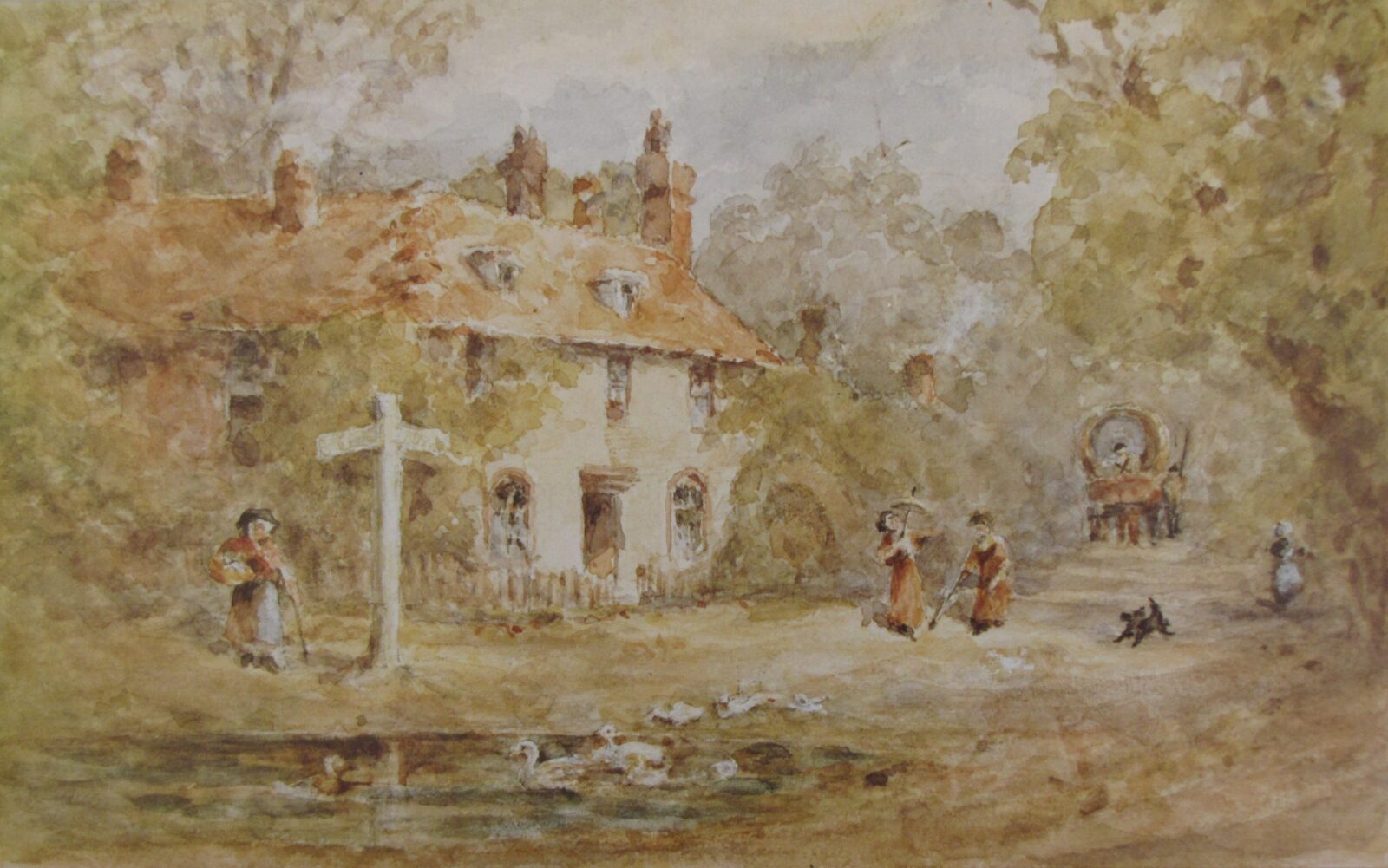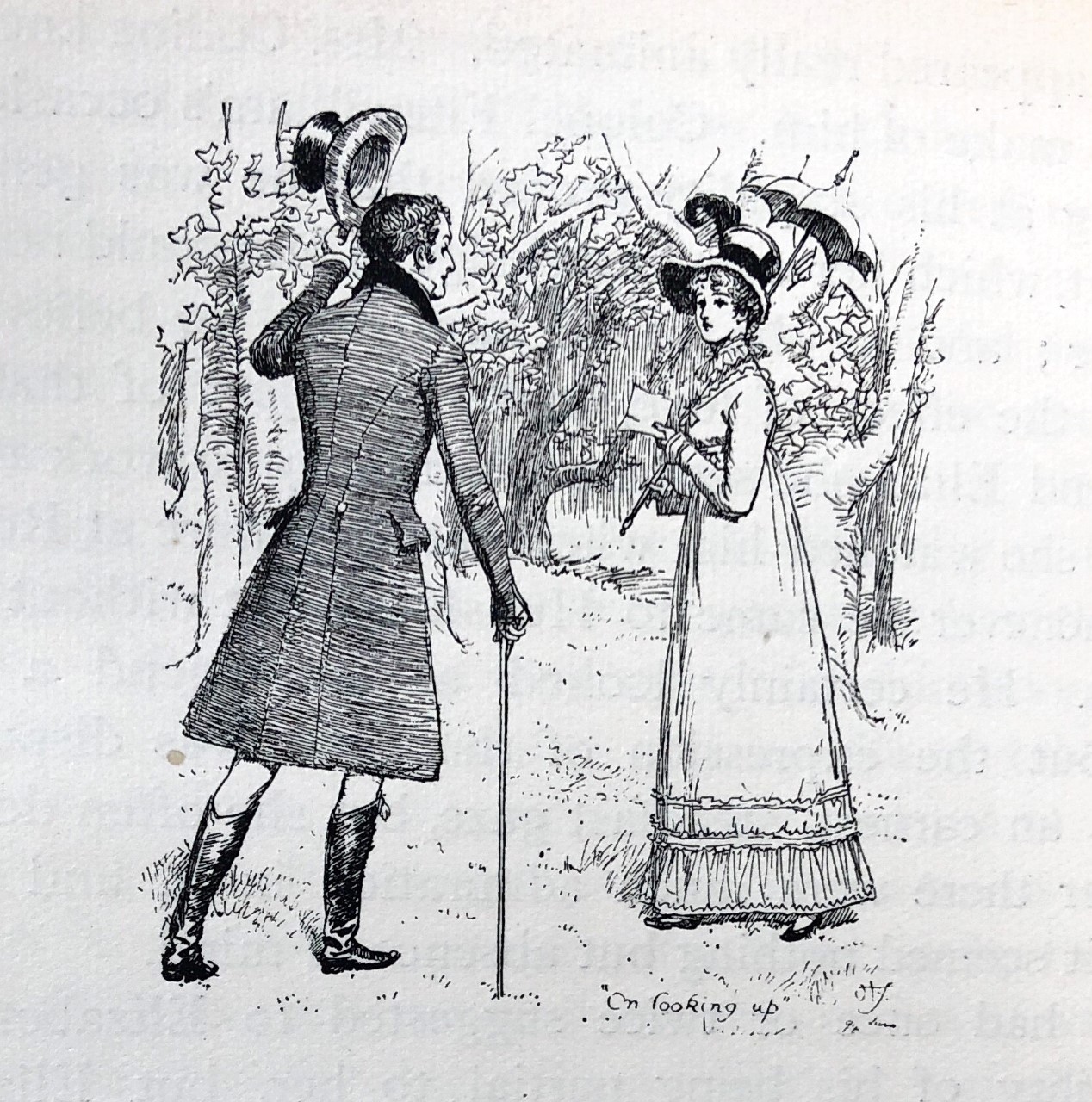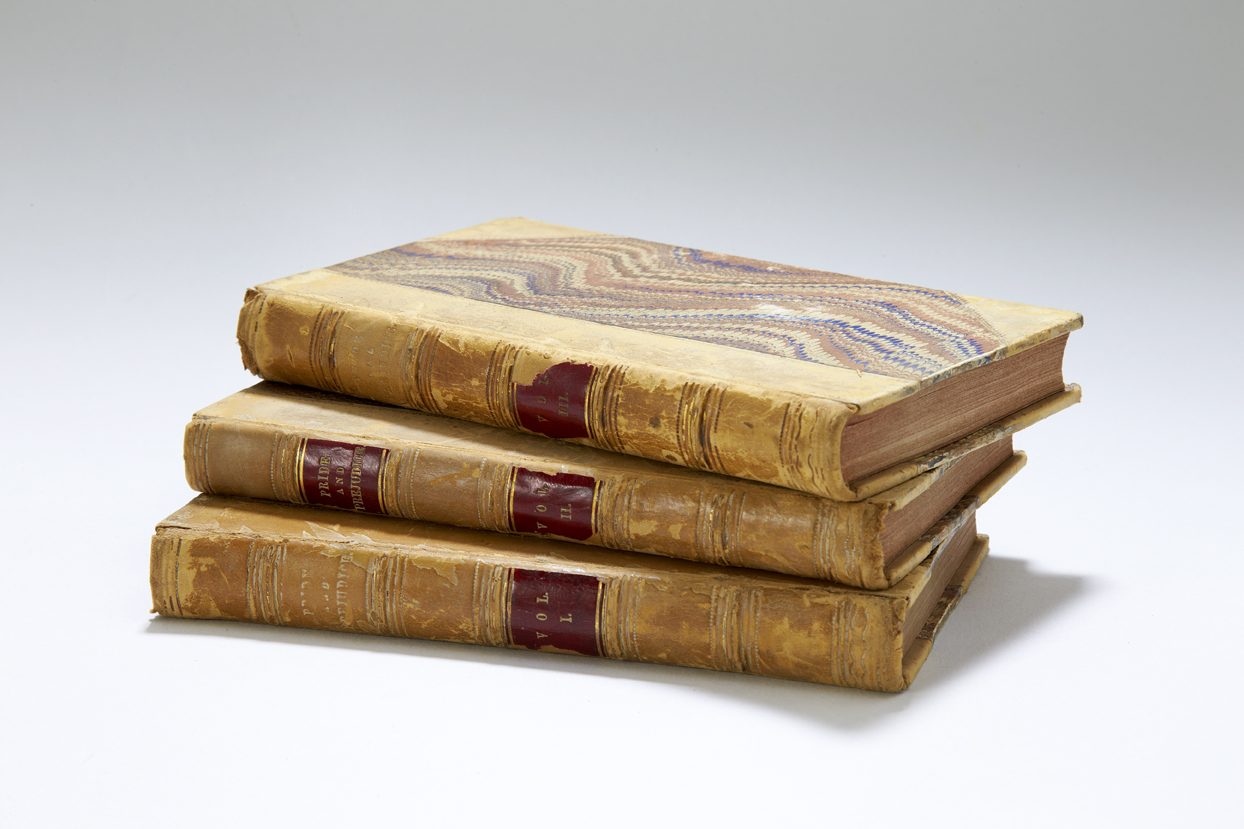Jane Austen’s Top Tips for NaNoWriMo
NaNoWriMo (or National Novel Writing Month) is undertaken every November by eager authors-to-be. The challenge is to write a 50,000 word first draft of a novel in 30 days. Quite the task! We’ve got your back here at Jane Austen’s House with some writing advice from the great lady herself.1. Set aside time and space for writing
“Composition seems to me Impossible, with a head full of joints of Mutton & doses of rhubarb.”
Letter to Cassandra Austen, 8 September 1816, Chawton
Jane Austen knew it was important to give herself space and time to write. For Jane, this meant her own small table in the Dining Room where she could sit after breakfast and work in peace. Her writing time was a time when she didn’t need to think about anything else, she needed that headspace for her imagination. You don’t need a big fancy writing desk (Jane certainly didn’t), but why not try to set up a dedicated space and time for writing? Some authors swear by writing for the first thirty minutes when they wake up, in bed, before breakfast – but probably not before a cup of tea.
2. Start small
“You are now collecting your People delightfully, getting them exactly into such a spot as is the delight of my life; –3 or 4 Families in a Country Village is the very thing to work on – & I hope you will write a great deal more”
Letter to Anna Austen, 9 September 1814, Chawton
Sitting down in front of the blank page can be intimidating – where do you even begin to write your story? Here, Jane is offering some guidance to her niece Anna, an aspiring novelist. Start small, with your characters in the tight net of their own world and go from there. Jane’s novels touch on universal truths, but she does that by zooming in on the individual lives and interiors of her characters. How can your characters reflect larger issues going on in the world around them?
3. Write what you know
“And we think you had better not leave England. […] You will be in danger of giving false representations.”
Letter to Anna Austen, 10 August 1814, Chawton
Jane prided herself on her realism. She used real street names, real ship names, and in Northanger Abbey she even makes a (minor) character of the real-life Master of Ceremonies, James King, who first introduces Catherine Morland to Henry Tilney. Jane’s advice to Anna – not to write about countries she’d never visited lest she give “false representations” – seems very much in keeping with her own approach, prizing authenticity (of place, experience, emotion) above all else.
4. Be kind to your work (and to yourself!)
“I have got my own darling Child from London”
Letter to Cassandra Austen, 29 January 1813, Chawton
Jane often refers to her novels as being her children – Pride and Prejudice is her “own darling Child”, Sense and Sensibility is like “her suckling child”, and she compares Emma to her niece’s new-born: “As I wish very much to see your Jemima, I am sure you will like to see my Emma” (Letter to Anna Lefroy, December 1815). What better way to think of your work – as your child, who needs your care and attention and love and, sometimes, your (softly) critical eye.
5. Nobody else can write like you – and you can’t write like anyone else
“I must keep to my own style & go on in my own Way”
Letter to James Stanier Clarke, 1 April 1816, Chawton
When the Prince Regent’s librarian (no less!) suggested that her next novel ought to be a “Historical Romance, founded on the House of Saxe Cobourg”, Jane was having none of it. Stay true to yourself, to the story you want to tell, and, like Jane Austen, go on in your own way. Don’t write what you think people want to read. Write what you need to write, what the world needs to hear.




